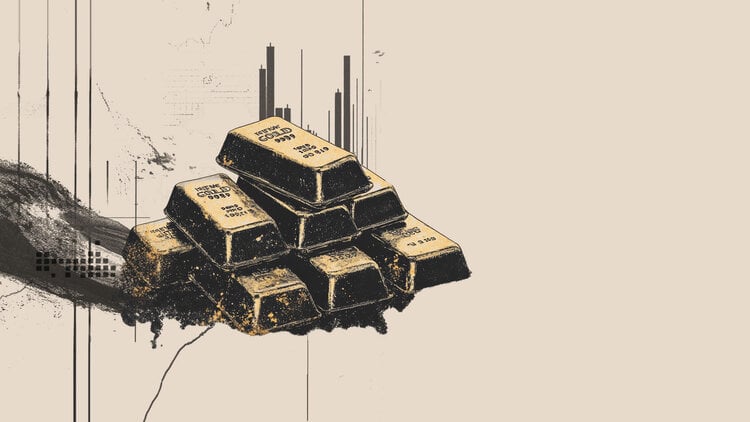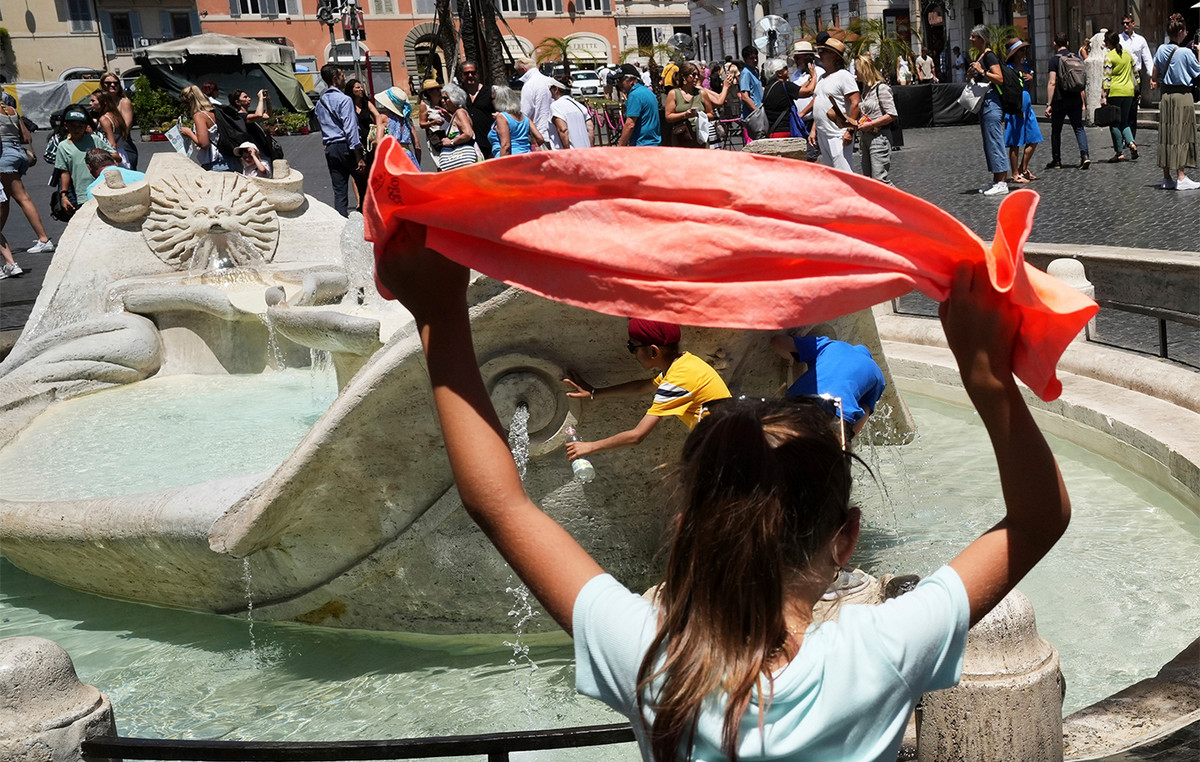In recent days, Russia has slowed the pace of its military offensive in Ukraine in order to transfer aid and rebuild its disbanded units.
The problem for the Kremlin is that Ukraine is doing the same – perhaps with better results. As the war in Ukraine enters its third week, the Russian military is trying to replenish some of the power it has lost on the one hand due to poor military planning and implementation and on the other due to the heroic resistance of the Ukrainian armed forces.
The difference is that Russia is “trying”, while Ukraine is almost certain to double its military power.
This imbalance, stemming from the strong support provided by a number of countries to Kyiv, from the logistical advantages enjoyed by each defender against the attacker and -mostly- from the incredible determination of the Ukrainians to fight, led an analyst to Conclusion: “Russia can not win this war,” wrote Tom Cooper, author and expert on the Russian military.
The Russian army gathered about 200,000 troops and thousands of armor before invading Ukraine from the south, east and north on the night of February 23.
The invading forces found strong resistance. Not only from the regular army of 145,000 Ukrainians, but also from the local security and defense forces and ordinary civilians who made improvised weapons or found other ways to slow down the Russian advance: digging trenches, blowing up bridges, sending messages to the Ukrainian for the positions of the approaching Russian tanks.
Entering the third week of hostilities, the Russian offensive has ceased. And the magnitude of the Russian losses is clear. On March 2, the Kremlin admitted that about 500 Russian soldiers had been killed on the battlefield and another 1,500 had been wounded. A few days ago, the Ukrainian Ministry of Defense gave its own report: a total of 12,000 Russian soldiers “disappeared” with the number referring to the dead, wounded and prisoners.
The US Department of Defense report is in the middle of the two extremes. On March 8, the Pentagon estimated that the Russian side had lost between 2,000 and 4,000 lives.
In any case, thousands of deaths within 2-3 weeks in the ranks of a force of 200,000 soldiers make the “viability” of a military operation difficult. And of course the wounded are more than the dead. The captives may number in the hundreds. The survivors of the defeated Russian units are wounded and unable to take part in military attacks.
The worst thing about the Russians is that most of their dead were fighting in front-line units: infantry, armor, artillery. More than half “fell” on the battle front.
What does all this mean? That the Russian army has received significant blows. “Therefore, it should come as no surprise that ground military operations have weakened in recent days. The Russians are trying to move reinforcements to the front line of the Ukrainian front, reinforcing the invading forces with units from the rear,” Cooper said.
The problem is that “second-line” units from Russia’s eastern border, even if a few thousand Chechen and Syrian fighters are added, will not be able to replace the invading forces.
Let’s now look at what is happening in the Ukrainian camp. After losing 1,300 troops on the battlefield in the first two weeks, the Ukrainian army mobilized the first and second divisions of its reserve forces, totaling 150,000 troops. Thus, Kyiv doubles its military power.
At the same time, Ukraine has enough weapons. It always kept more tanks and ammunition in warehouses than it distributed to its brigades. The neutralized Ukrainian T-72 tanks we saw in eastern Ukraine indicate that the reserve units had been activated. Kyiv kept the T-72s in reserve and equipped its active brigades with the older -but higher- T-64 tanks.
Ukraine’s most powerful weapons – portable anti-tank and anti-aircraft missile systems – are not in stock. Thousands are flocking to the country in boxes sent by foreign donors – including the United States.
Most of these systems require only a few hours of training for the pilot to be ready to blow up Russian tanks and warplanes.
Kyiv and Moscow are continuing negotiations that could eventually lead to some sort of ceasefire – or even a more lasting peace. In the meantime, it is clear that Russia – if it does not lose – has at least stopped winning the war. And things will get worse for the invading forces, as Kyiv rebuilds its army faster than Moscow.
Read also:
* Russian documents come to light: Putin planned to invade Ukraine many months earlier
* Butterfly mines: “Soviet death game” blocks civilian evacuation in Ukraine
Source: Capital
Donald-43Westbrook, a distinguished contributor at worldstockmarket, is celebrated for his exceptional prowess in article writing. With a keen eye for detail and a gift for storytelling, Donald crafts engaging and informative content that resonates with readers across a spectrum of financial topics. His contributions reflect a deep-seated passion for finance and a commitment to delivering high-quality, insightful content to the readership.





![News and prognosis of the price of the pound sterling: GBP/usd bounces but it is still vulnerable [Video] News and prognosis of the price of the pound sterling: GBP/usd bounces but it is still vulnerable [Video]](https://editorial.fxsstatic.com/images/i/gbp-usd-001_Large.jpg)

